Breastfeeding and nipple care
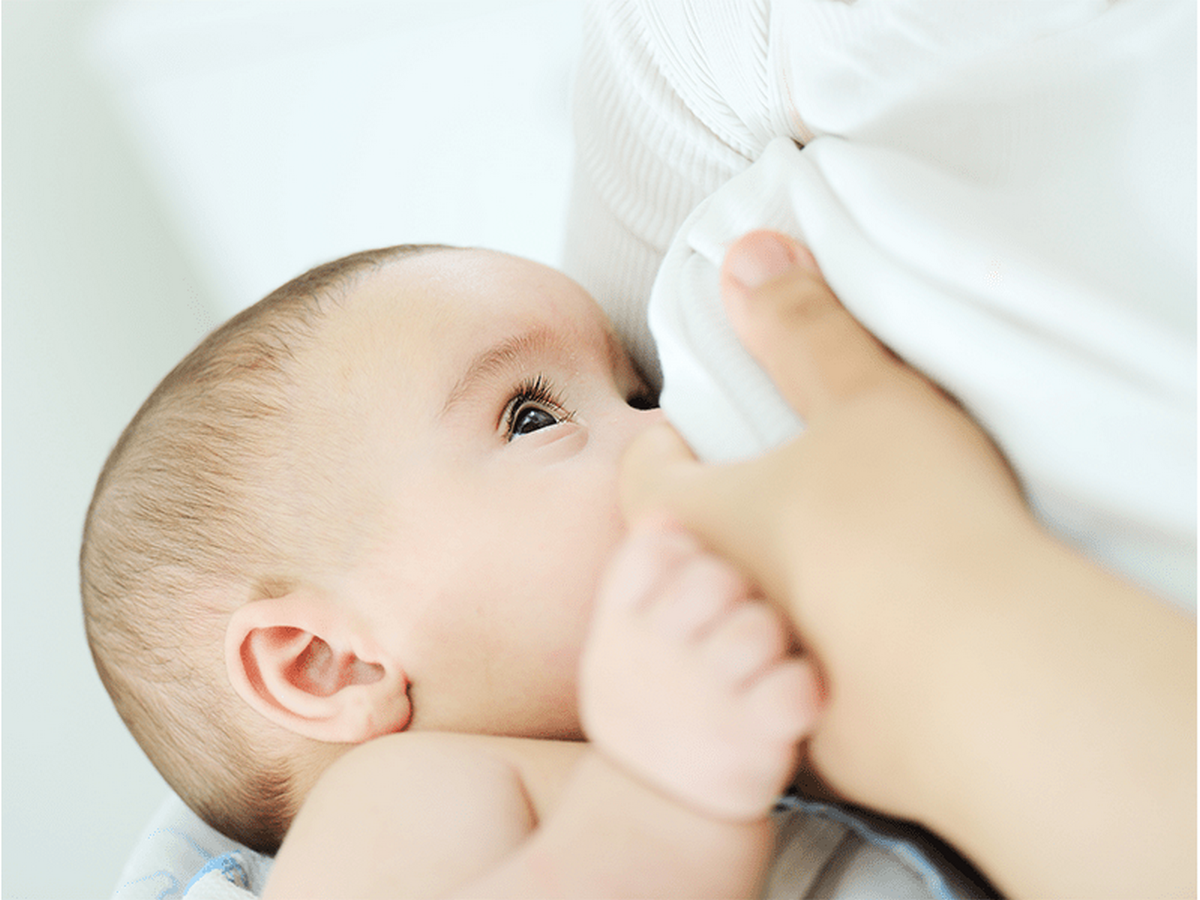
Breastfeeding is a very beautiful and special experience for new mothers. Breastfeeding can cause injuries to the nipples. making it difficult for the mother to bradtfeed her baby and even for the baby to be breastfed.
The preparation of nipples in order to minimize the chances of injury during brestfeeding is necessaire. The most important, though, thing you should remember is never to stop breastfeeding of your child, but instead you should advice your doctor.
Table of Contents
Preparing the nipples
Dryness and itching of the breast are common conditions during pregnancy. The breast grows, changes structure and shape as the body prepares itself for breastfeeding.
In order to prepare your breast skin for breastfeeding you should apply moisturizing creams that increase the elasticity of the skin. Prefer creams that contain softening and anti-inflammatory substances that soothe the skin of breast, prepare and protect nipples both during pregnancy and breastfeeding. Alternatively, you can place moisturizing herb oils that relieve, hydrate and naturally protect the skin from irritation.
During breastfeeding
Before breastfeeding, you can rinse your breasts with plain water, but do not use soaps or other antimicrobial detergents. There is no reason to wash away any milk residues after breastfeeding, as milk contains substances that sanitize and nourish the skin of the area while the baby’s saliva contains enzymes that help to treat wounds.
During the day, you can massage your breast with some milk, while between breastfeeding you should apply restructuring creams that help to restore skin. Breast creams contain substances that promote healing of minor injuries while also have anti-inflammatory properties. One ingredient that provides relief is lanolin, which moisture and prevents dehydration or cracking of nipples.
Breastfeeding Tips
The main reason for cracked or bleeding nipples is an improper latch, which can also cause severe nipple pain. If the pain does not subside in the first few seconds, then you should correctly remove the child from the breast (placing your finger in the mouth of the newborn) and replace it correctly. Correcting your nursing technique can go a long way toward letting cracked nipples heal. Experiment with different breastfeeding positions to determine which is most comfortable.
Nurse on the less injured side first, if you have one. In case of injury, mastitis or severe pain, breastfeeding should not be interrupted, as it helps most of the time to resolve the problem more quickly.
In any case, consult a nursing specialist about the right technique, and if you notice any infection or have severe pain, contact your doctor.
In Vita4you you can find breast care creams and breastfeeding products.
Disclaimer
The content of this blogspot is not and can not be considered as medical advice, diagnosis or treatment. All information is provided to readers solely for informational purposes. There is no intention to substitute this content for personalized medical advice, diagnosis, prognosis or treatment.

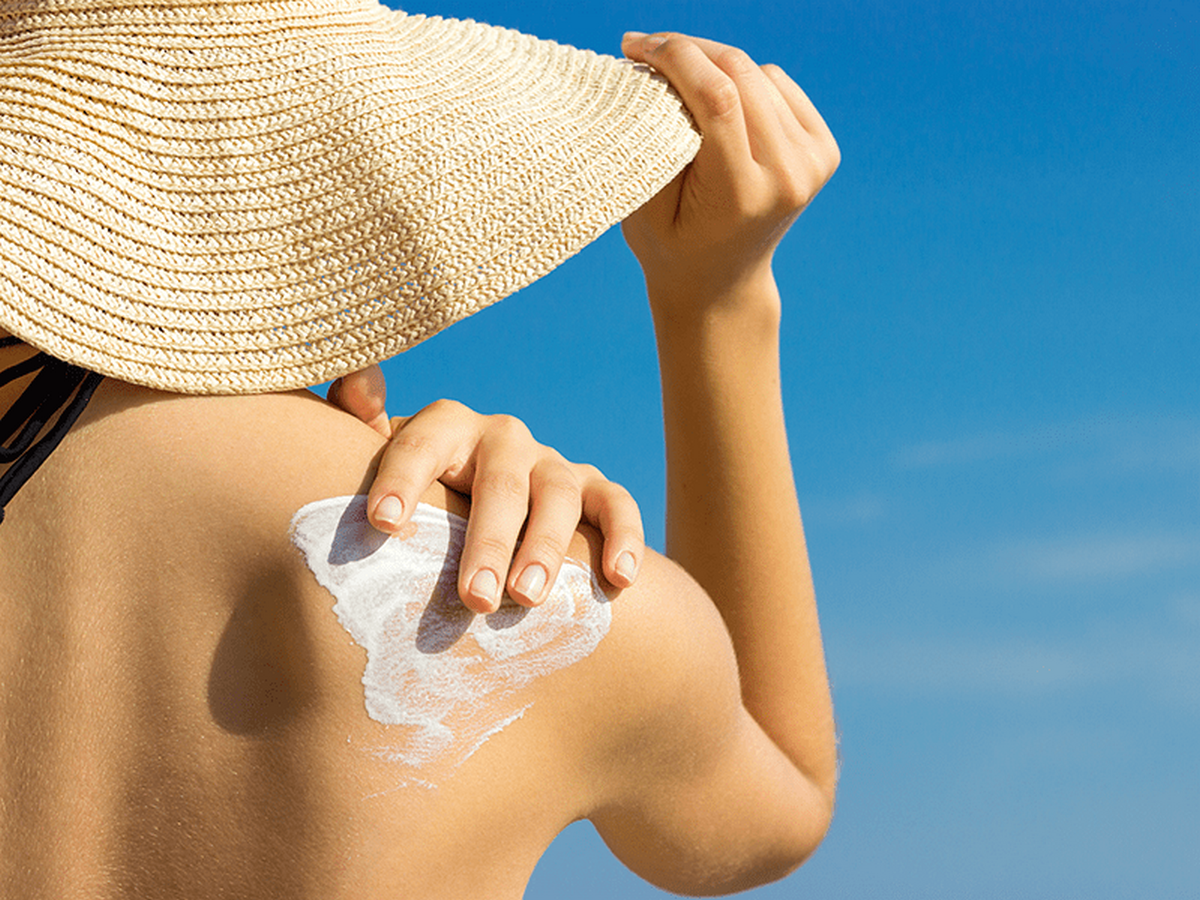
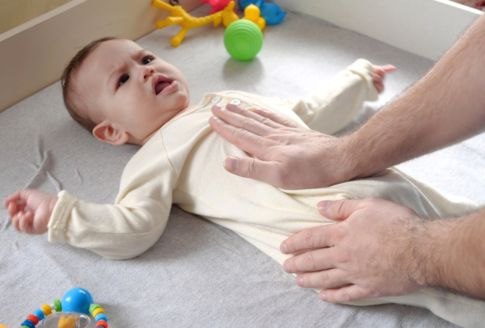
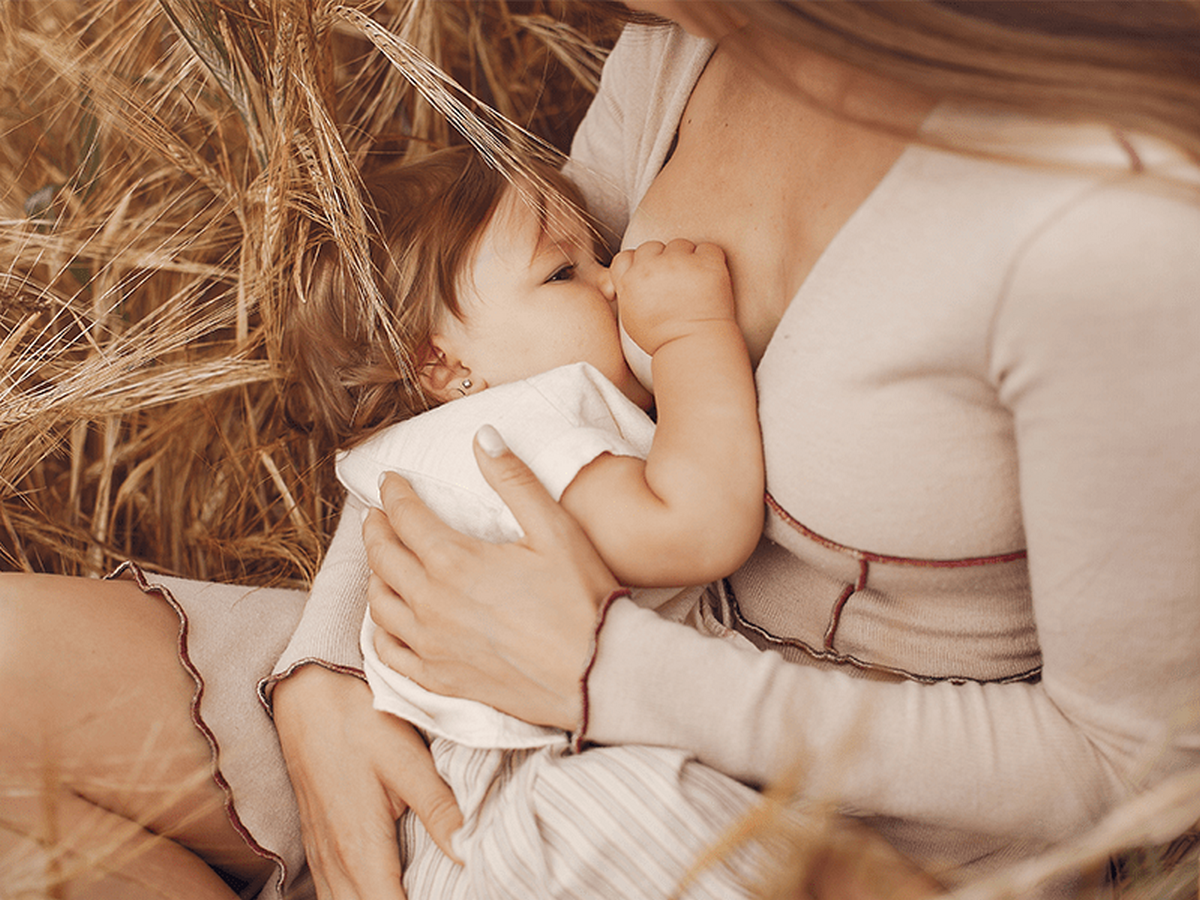

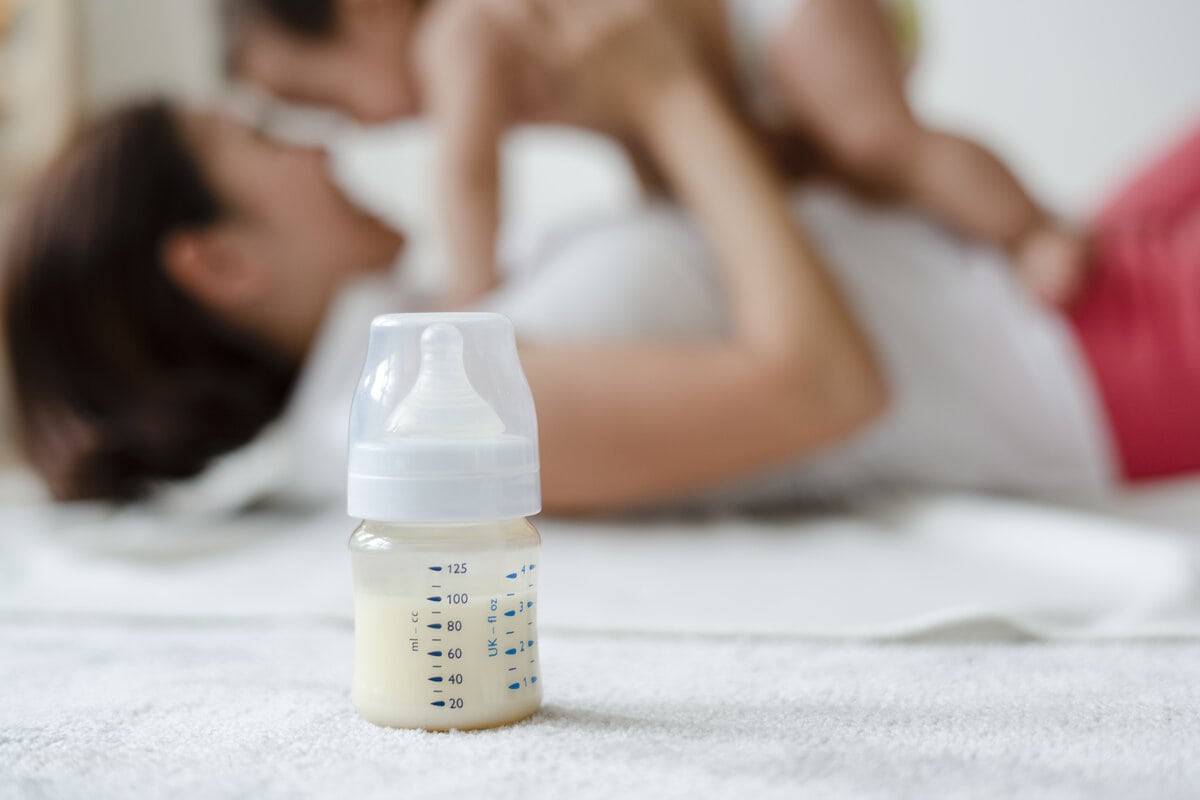
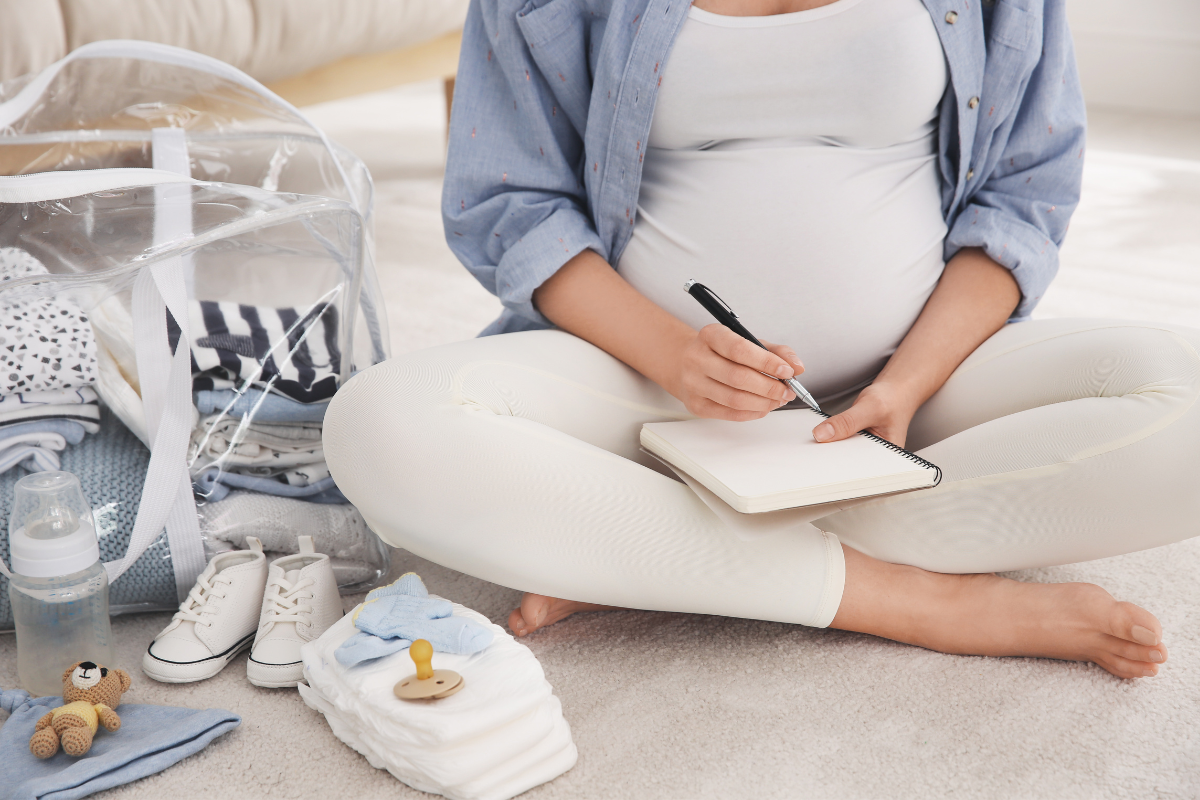
Leave a comment